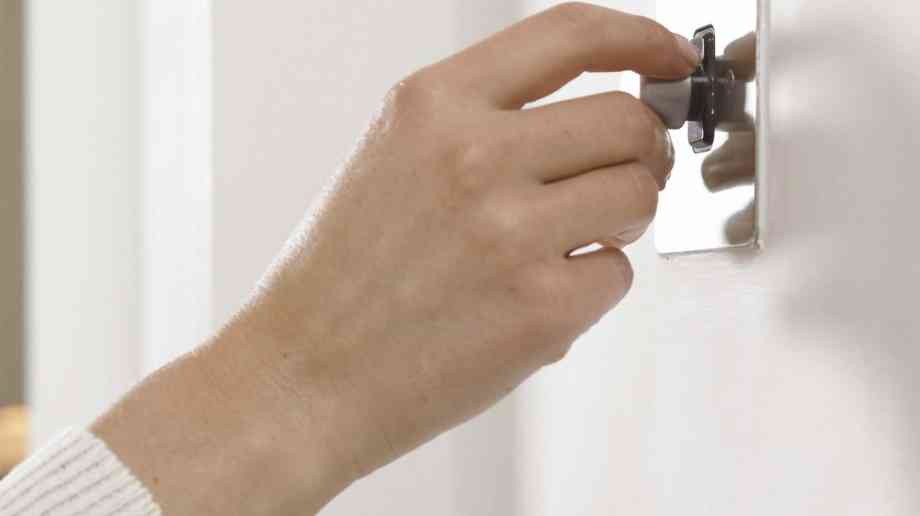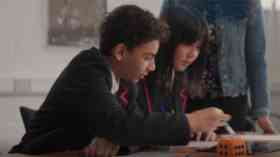
Simple ways to reduce energy consumption
Schools depend upon a reliable fuel source that is safe, clean and meets their individual needs. Education Business examines how efficient heating and lighting can make a real difference.
Schools, like everyone else, face increased bills as global demand for energy continues to grow. Like all businesses, schools can implement some simple energy save measures to improve conditions and saving money, without compromising the comfort of staff and students.
Both primary and secondary schools are pushed to make the most of their resources, while providing a solid education for students. Being energy efficient saves money, so is an excellent way to release funds for curricular resources or facilities. In addition to economic benefits, there are social and environmental advantages to reducing energy consumption, such as preserving fossil fuels and minimising impact on the environment. This is increasingly important to the reputation of schools, as students, teachers and parents become increasingly aware of climate change.
Moreover, actions taken to become energy efficient provide an excellent opportunity for practical learning and real-life application for students. Many of the actions in this overview could be undertaken or monitored by students, while the science behind it might be a great opportunity for targeted classes.
Heating
Savings made in heating can have a positive impact on energy bills, with even simple, low‑cost measures making a difference. Children have higher metabolic rates than adults and so are comfortable at lower temperatures. Maintaining optimum internal temperatures for staff and students will improve comfort conditions that can help boost attentiveness and morale. Happier students can be easier to communicate with and contribute to a more productive learning environment.
Heating needs vary throughout the day so check that the system operating hours match the times when heating and ventilation are required. Review time settings every month or so to check that they are correct. Many systems function inefficiently because someone made a short‑term adjustment and then forgot about it. Fitting tamper-proof thermostatic radiator valves can prevent this from happening.
Discourage staff from using thermostats as on/off switches – turning to maximum does not speed up the heating process, it usually just results in an overheated space. It is important to ensure thermostats are not influenced by draughts, sunlight or internal heat sources like radiators or ICT equipment. Settings should reflect the activity taking place in the space.
Keep circulation in mind – schools always have lots of activities going on and furniture is constantly being rearranged to accommodate students’ needs. Make sure radiators and vents are not obstructed by any equipment and that filters are kept clean and free of dust. This ensures better circulation of heat into the space and reduces the energy required to meet the heating demand.
Lighting
Well-lit spaces are essential for an effective teaching and learning environment. As a result, lighting accounts for approximately 10 per cent of the total energy used in schools. However, there is considerable scope for making savings by implementing some simple good housekeeping measures.
Staff and students should be involved in making savings, so raise awareness during assembly and non‑teaching class time, placing stickers above light switches and posters around the building. Avoid having blinds down and lights on; a familiar scene in classrooms and offices is the use of blinds to control glare when it is bright outside. Where possible, encourage staff to use blinds to direct daylight onto the ceiling and walls instead, as this should reduce the need for electric lighting in the classroom whilst reducing glare.
Daylight blinds are particularly effective as they enable the natural light to enter the space by re-directing the light onto the ceiling, thereby allowing the ‘free’ daylight to enter the space, alleviating discomfort felt by the occupants from glare. Many daylight blinds also have perforated blades to enable a view outside, which can create a positive atmosphere.
Choose the most efficient lighting possible. For example, upgrade standard tungsten light bulbs to energy saving compact fluorescent lamps (CFLs) which use 75 per cent less energy, produce less unwanted heat and last eight to 10 times longer. Be careful, however, as some areas are not suitable for energy saving bulbs.
Replace blackened, flickering, dim or failed fluorescent tubes with triphosphor coated ones. Triphosphor coating provides a more natural, brighter light for the whole life of the tube. If the tubes are 38mm (1.5 inch), replace them with slimmer 26mm (1 inch) tubes.
Specify high frequency fluorescent lighting systems and mirror reflectors whenever fluorescent lighting is to be replaced. High frequency tubes reduce energy use and heat output, eliminate flicker and hum, extend lamp life (by up to 50 per cent) and can allow dimming – all of which can make a classroom more comfortable. Make sure this happens by including it in the school’s purchasing policy.
Attention to energy efficiency can benefit both the school and the wider community, and what better place to start than monitoring and improving heating and lighting.
Latest News
09/01/2026 - 10:13
The measure, added to the Children’s Wellbeing and Schools Bill, delivers on the commitment made in the government’s manifesto to bring multi academy trusts into the inspection system.
08/01/2026 - 10:30
The government is launching a new app allowing students to view their GCSE results on their phones for the first time from this summer.
08/01/2026 - 09:45
Education Business LIVE has announced that Professor Samantha Twiselton OBE of Sheffield Hallam University will speak at the event in March 2026, delivering two thought-provoking sessions focused on initial teacher training and SEND provision.
07/01/2026 - 10:10
Solve for Tomorrow is a free, curriculum-linked programme which is mapped to Gatsby Benchmarks 4, 5, and 6, helping teachers embed careers education without adding to workload.
06/01/2026 - 10:24
London's universal free school meals programme has not led to improvements in pupil attainment during its first year, but has eased financial pressure and reduced stress for families.







